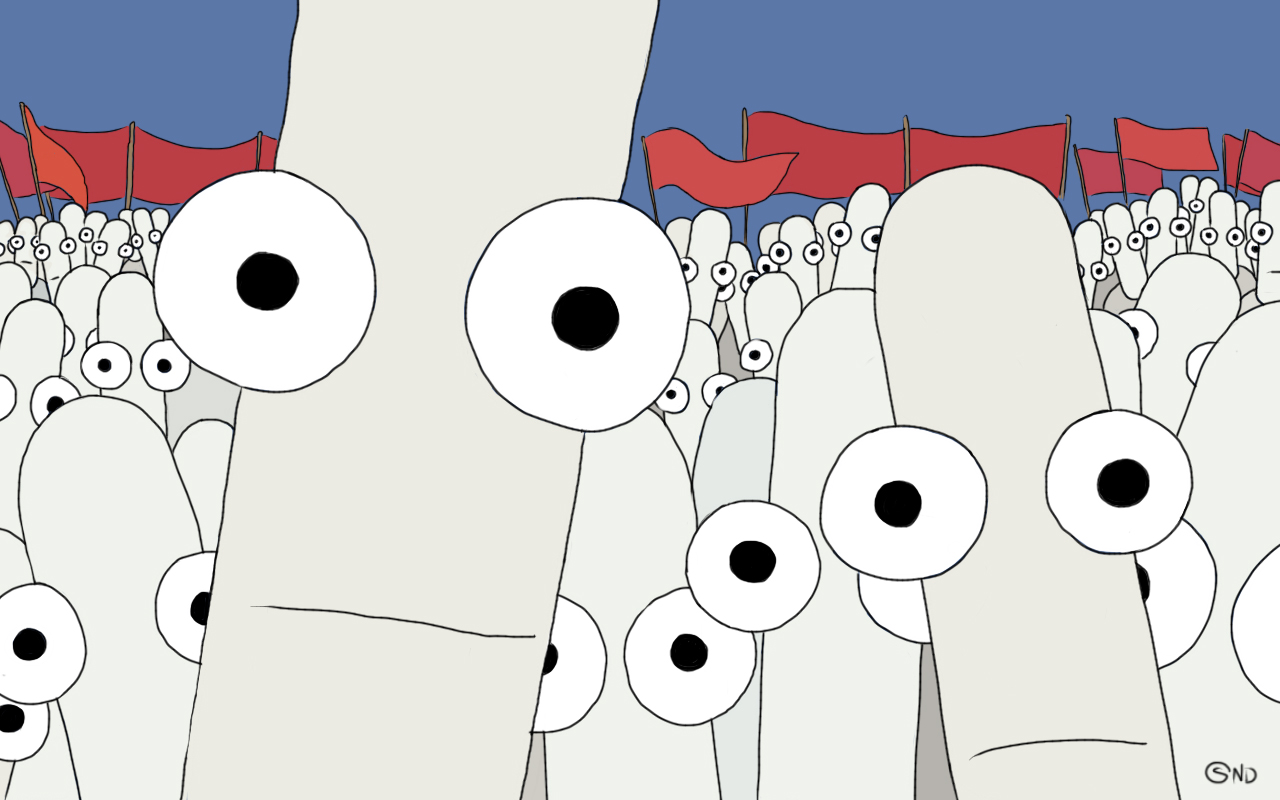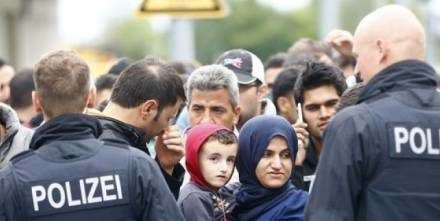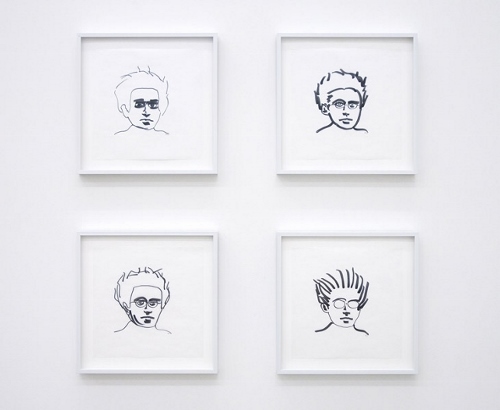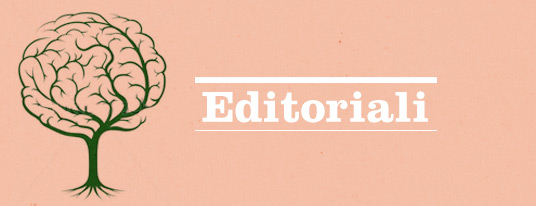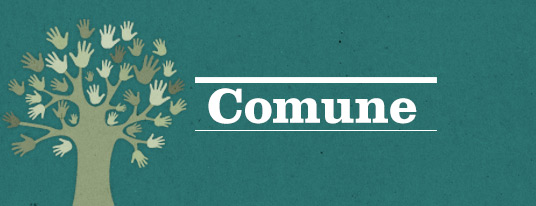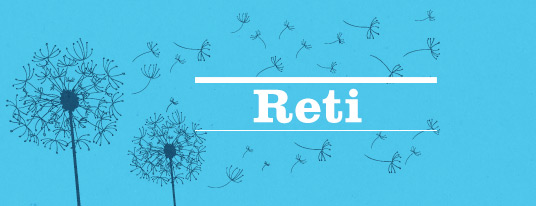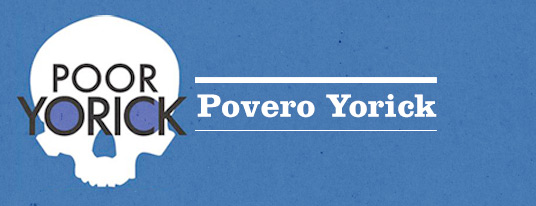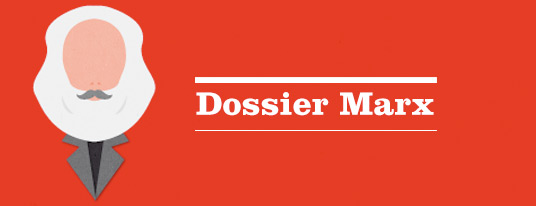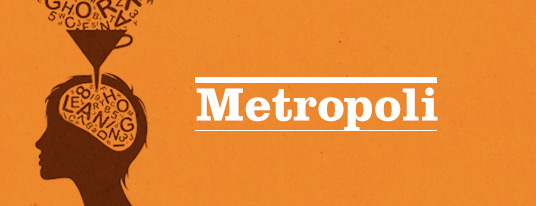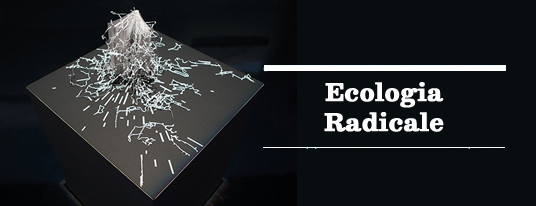by JOANNA WARSZA, curator.
Research That Follows the News
In the course of our research we followed political and social events and looked at art’s response to them. We went to Hungary, monopolized by the right-wing party Fidesz; to Iceland, where a group of artists won the election in the city council of Reykjavik in the aftermath of the financial crisis; to Russia, rocked by anti-Putin protests; to Madrid, the hotbed of the ¡Democracia Real YA! movement; to Occupy Wall Street in New York; to Tunisia in the wake of the first free elections; and to Egypt in a time of post-revolutionary turmoil. This form of curatorial research does not involve deadlines, hunting for interesting portfolios, or studio visits. We searched for art in civil disobedience, in politics, in representative state art, in the politics of memory, in capitalist appropriation, or in educational activities seen as “bad art.” We examined how art disperses within society: how it exploits its potential for political action, and where, parallel to artists, there are people just making art.
Voina as Associated Curators
If you ask members of the Voina group where art ends they will tell you: nowhere. Their practice happens on the ground, through riots or interventions into the field of state power. Leo, one of their members, recently set fire to a police truck meant for transporting convicts. Voina sees art as their tool and uses it for direct actions. Yet they don’t accept commissions or invitations to exhibit, neither are they interested in curatorial sessions in Berlin. They perform resistance to Russia’s pseudo-democracy, playing on hype, symbolic value, and media visibility. They live without money in St. Petersburg or Moscow, which they see as their battlefields for citizen rights. Our curatorial alliance with Voina creates a situation in which the institutional tools of the Berlin Biennale—access to press coverage, legal representation, or funding—can serve Voina’s cause; through it they are again legitimized as artists and any of their actions are deemed art.
Art Strike
A curator friend recently told me: “The art world doesn’t need another fancy art fair at the moment.” What does it need then, in a world with a few hundred biennials, many of which claim to reflect on the relationship between art and politics? In liminal moments throughout history, art has often taken some “time off,” abandoning the studios to practice dissent and action, and challenge the existing ideological or economic doctrines. Such moments gave birth to the founding of post-revolutionary Russian Productivism, the Arbeitsrat für Kunst (Workers’ Council for Art) in 1918/1919 in Germany; the Art Workers’ Coalition established in 1969 in New York, or the art demonstrations in Armenia following the fall of the Soviet Union—to name just a few. Inspired by such a spirit, we also wrestle away from self-referentialism, returning to action and non-knowledge, making activism tap into art’s added value, understanding a career as a way of pursuing an idea, and not needing an expensive mailing list to spread information on art.
Performative Democracy
Democracy becomes performative when it collectively expands its scope, developing new tools, giving rise to new possible political practices and political awareness in a democratic carnival. We have searched for the actors of those shifts: we work with members of Indignados, ¡Democracia Real YA!, Occupy Berlin, Occupy Frankfurt, the 15M Movement, and the Artists in Occupy Amsterdam group, who abandoned their studios to pitch a tent in the camp in the very center of the city. We will also have a visit from Occupy Museums in New York, which explores the non-transparent connections between the world of finance and the art world. By inviting collectives who have been contributing to the recent ideological turn, and making the exhibition hall of KW Institute for Contemporary Art their “advocacy space,” we attempt to stop business as usual—in order to examine ourselves and reflect on contemporary politics and our shared role in it. We deploy performativity as a vehicle, against the common belief that everything in the art space is per definition fake and pointless.
Citizen Art: Not About Good or Bad Art
We have supported or produced works by artists, curators, politicians, or collectives that clearly define themselves on the contemporary political map, touch the real base, and forget skepticism. By “citizen art” we refer to the involvement of artists and cultural producers in social processes or economic transformations. In Cairo, we met the film collective Mosireen, which is monitoring protests, police abuses, illegal military trials, and creating a stream of information about the on-going revolution in post-Mubarak Egypt. In Brazil, we spoke to Pixadores, a group of urban taggers who fill the streets of São Paulo with a coded alphabet, spelling out the demands of the lower classes in a radical passage to social visibility and recognition. We also work with people from the field of theater, like Krétakör director Árpád Schilling, who abandoned bourgeois practice to react to the growing right-wing sentiment that thrives in Hungary, and the Russian documentary groups Joseph Beuys Theater and Teater.doc, who act as watchdogs of authoritarian politics.
Political Beauty
We searched for rare moments of “political beauty” in the current capitalist democracies, oriented toward the hegemony of the free market. We work with Antanas Mockus, former mayor of Bogotá, who breaks with the politics of hostility, or shows how to give back power, by asking his opponent to lead a campaign for him. His political practice draws inspiration from contemporary art and pedagogy and employs objects and symbols that he refers to as “sub-art.” We also work with the Berlin-based think tank of artists and political scientists from the Zentrum für Politische Schönheit (Center for Political Beauty), who trace and initiate liminal political experiences, and search for artists amongst the politicians.
And we work with Olafur Eliasson, one of the pioneers of the Berlin art scene, who offered a six-month fellowship to a politician to study in the framework of his Institut für Raumexperimente (Institute for Spatial Experiments). We invited Mirosław Patecki, a religious artist who, driven by belief, designed one of the largest statues of Jesus Christ in the world. The sculpture, to his surprise, became a visual confirmation of the hegemonic status of the Catholic Church in Poland, albeit under the cover of a pilgrimage attraction. The Biennale also presents a commercial ready-made, an advertising banner from the Egyptian communication company Mobinil. It was one of the networks that cut off mobile phone service in the country in January 2011 at the start of the Arab Spring, and now it exploits the image of revolutionary crowds for financial gain.
A number of artists in the Biennale initiate a “parallel politics” in a series of gatherings: Jonas Staal brings together legal representatives of groups, which, for various reasons, have been listed as terrorist organizations (in New World Summit), questioning the ideas of inclusion and exclusion in the democratic order. Yael Bartana organizes the First International Congress of the Jewish Renaissance Movement in Poland (JRMiP), AND EUROPE WILL BE STUNNED. She calls for the return of 3.3 million Jews to Poland and demands the opening of fortress Europe and the end of a politics based on guilt. Paweł Althamer initiates a two-month long Draftsmen’s Congress, where the main vehicles for discussion and communication are not words but drawings, signs, and symbols.
Engaged Intelligentsia
“Engaged intelligentsia” is an East-European term that refers to a group of people determined to produce and distribute knowledge. In the Russian and Polish context, this notion was a constituent element in forming a class of intellectuals and practitioners involved in day-to-day activism. Whether operating in education, journalism, art, or science, the engaged intelligentsia understands its practice as a service for the common good. This has been at play throughout the 20th century, in the pre-war left-wing groups, and later in the anti-communist dissident movement in Central and Eastern Europe. This term defined the horizon of many of our collaborations with artists and curators, which linked to the local context and tackled issues that are repressed and absent from the tolerant aura of the Berlin Republic. Nada Prlja constructs a Peace Wall along Friedrichstrasse, which radicalizes the existing divisions, economic disparities, social tensions, and current gentrification processes in Berlin. Bernd Langer, an artist-activist connected with the Antifa movement and the author of a number of publications on political resistance, leads guided tours focusing on Berlin’s political history. And the Israeli group Public Movement, following a famous quote by Angela Merkel about the failure of multiculturalism, announces its campaign Rebranding European Muslims.
Politics of Memory
We have been interested in observing how, with the use of political means, facts and historical events are either commemorated or repressed, and how historical narrations are shaped by current politics and social agendas. Roma curator Tímea Junghaus highlights the problem of the Memorial to the Sinti and Roma Murdered under the National Socialist Regime, which sits unfinished and abandoned in the very heart of the city, between Brandenburger Tor and the Reichstag, organizing a meeting of The Roma Elders and lobbying for the completion of the memorial. Polish artist Łukasz Surowiec transfers 320 trees from the vicinity of Auschwitz-Birkenau, replanting them across Berlin and thereby creating a living and breathing memorial. One of the Biennale venues is Deutschlandhaus, the future home of a center for exhibitions, documentation, and information of the Stiftung Flucht, Vertreibung, Versöhnung (SFVV) (Foundation Flight, Expulsion, Reconciliation), which we see as a reservoir of repressed German memory. It is a mouthpiece for the official historical narrative stemming from the controversial question of commemorating Germans displaced during and after the Second World War. We confront this state-supported history with self-organized, subjective, popular reconstructions of historical events performed by Polish re-enactment groups. And we present what many Germans want to avoid seeing—a staging of the 1945 Battle of Berlin, complete with military uniforms and equipment.
Agonistic Curating
If politics is a way for different groups in society to express their claims and interests and to find social methods of making collective decisions, we aimed at a situation where those different positions are present and not only put into question. The curator often resembles a policeman who enforces the official codes of art and has a misguided sense of his or her own authority. Like with a Midas touch, she/he usually plays a role in deciding the symbolic—and as a result economic—value of an artist’s work. We figured that if one claims to be a “political” curator, she or he should assume the responsibility of presenting various political stances within an art exhibition. We understood the role of the curator as a position that not only involves “taking care” but also one of inviting disagreement, confrontation, losing control over meaning, or of giving away space and means. This thinking also stands behind ArtWiki, which is the digital platform of the Berlin Biennale, developed in collaboration with network activist Pit Schultz in reaction to the immense response to the Biennale’s 2010 Open Call. ArtWiki is an example of a fully inclusive curatorial practice, one that abandons the “Salon des Refusés” for the sake of a network cloud.
Elimination of the Audience
In his 1966 essay Notes on the Elimination of the Audience Allan Kaprow sought an experience of daily life through art that would make viewers unaware of their own role, turning them into participants. The “elimination” in the title refers to a situation where audience members lose sight of their position as observers, turning their spectatorship into a more intensive form of presence. We developed the Biennale so as to address multiple audiences—the Berlin and the international one. But we also had in mind those who might not even be aware of being “spectators” of art. Belarusian artist Marina Naprushkina clandestinely distributes newspapers in her homeland, which propose possible scenarios after Alexander Lukashenko’s downfall. Naprushkina’s work is essentially addressed not to the exhibition audience, but to people who find her newspapers hand-delivered to their mailboxes in Minsk. Or Palestinian artist Khaled Jarrar, who designed “State of Palestine” stamps and printed over 20,000 of them through Deutsche Post. These are currently in circulation, both in Germany and across the world. The real addressees of those actions might not have any interest in the Berlin Biennale, but support such gestures of creating “normality” and dispersing art into the real.
Free and Open to All
For the first time ever, entrance to the Biennale is free—a decision made by an institution that helps to establish a space of exchange and confrontation. The contents of the exhibition and on-going program will also be unfolding, changing, and evolving over time. The Biennale brings together diverse, ideologically varied projects that expose political oppositions and testify to the fact that the same disputes that take place in society also cut across the world of art. After all, art is not a solution: it is part of the problem.
– – –
* Joanna Warsza is associate curator of the 7th edition of the Berlin Biennale.
Originally published on the catalogue and the website of the Berlin Biennale: www.berlinbiennale.de.



